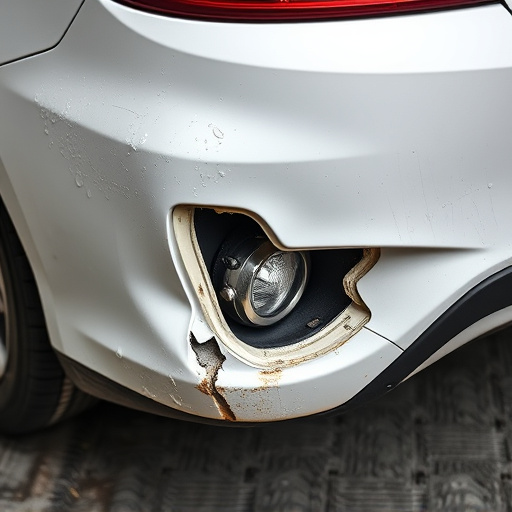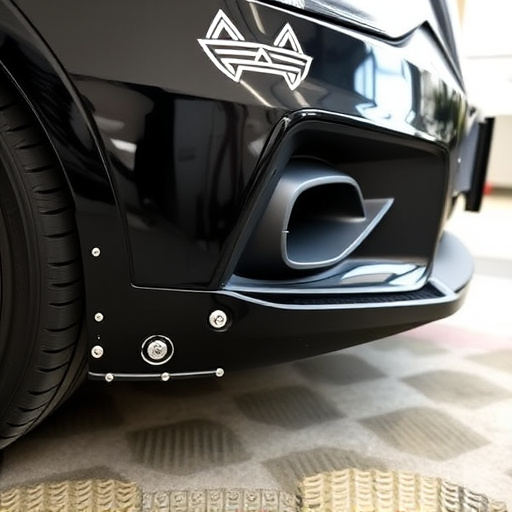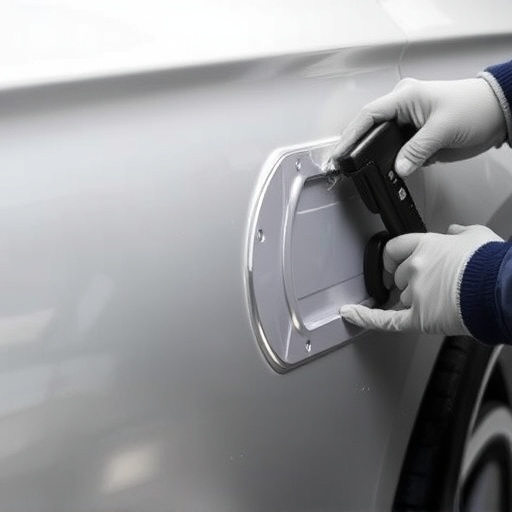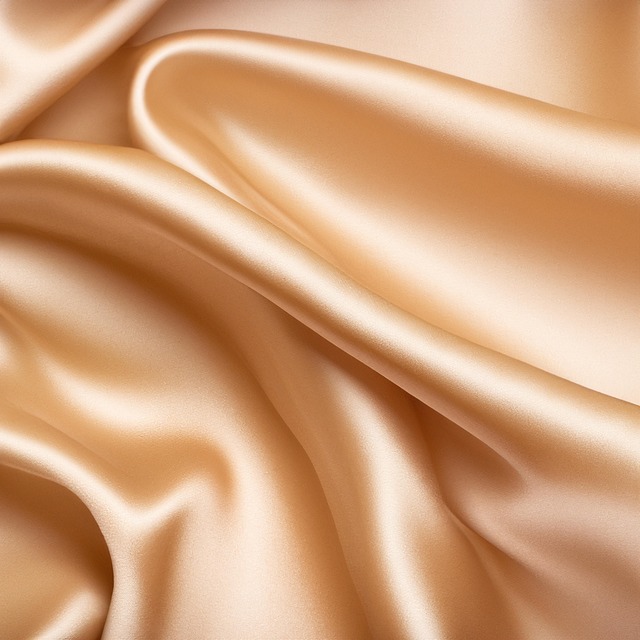UV curing systems harness UV light to rapidly dry and harden materials, outpacing traditional methods. This technology excites molecules for cross-linking, enhancing productivity while reducing thermal degradation risks in sensitive applications like automotive repairs. Revolutionizing industrial production, especially auto manufacturing, UV curing boosts efficiency with swift adhesive and coating cures, crucial for high customer satisfaction. However, proper ventilation and waste management are vital to balance efficiency with environmental and health safety concerns.
“Discover the transformative power of UV curing systems, a cutting-edge technology revolutionizing industries. This article explores the science behind this efficient process, revealing how ultraviolet light accelerates material hardening. From industrial manufacturing to environmental considerations, UV curing offers numerous advantages. Learn about its impact on production speed and product quality while navigating health and safety aspects. By understanding these benefits, businesses can make informed decisions, embracing a game-changing technology for future-proof operations.”
- The Science Behind UV Curing: Unlocking Efficiency
- Industrial Applications: Transforming Production Processes
- Environmental Impact and Health Considerations
The Science Behind UV Curing: Unlocking Efficiency

UV curing systems harness the power of ultraviolet (UV) light to initiate chemical reactions and accelerate drying or hardening processes in various materials. This technology has revolutionized industries such as automotive, printing, and coatings by offering unparalleled efficiency compared to traditional drying methods. The science behind UV curing involves the excitation of molecules within a material when exposed to UV radiation, triggering a chain reaction that leads to rapid cross-linking.
This process effectively traps solvents or monomers within the material’s structure, resulting in quick hardening and reduced drying times. Unlike thermal curing, which relies on heat to initiate reactions, UV curing is non-thermal, eliminating energy-intensive heating processes. This not only enhances productivity by reducing cycle times but also minimizes the risk of thermal degradation in sensitive materials commonly used in applications like bumper repair or car dent repair.
Industrial Applications: Transforming Production Processes

UV curing systems are transforming industrial production processes across various sectors. One notable application is in automotive manufacturing, particularly for bumper repair and autobody repairs. Traditional drying methods can be time-consuming, but UV technology offers a swift alternative. By exposing materials to ultraviolet light, these systems cure adhesives, coatings, and sealants almost instantly, significantly enhancing productivity and reducing production times.
This efficiency is especially valuable in auto repair services, where quick turnaround times are essential for customer satisfaction. Moreover, UV curing provides superior bond strength and consistent results, ensuring the durability of repairs. As industries continue to embrace innovative solutions, UV curing systems are poised to play a pivotal role in optimizing production processes and setting new standards for quality and speed.
Environmental Impact and Health Considerations

UV curing systems have gained significant attention for their numerous advantages across various industries. However, it’s crucial to consider the environmental impact and health implications associated with this technology. The primary concern revolves around the emission of ultraviolet (UV) radiation, which can pose risks if not managed properly.
While UV curing systems offer efficient drying and hardening processes, especially in collision repair services like automotive collision repair and car collision repair, the release of UV radiation must be controlled to prevent potential harm to both humans and the environment. Proper ventilation and shielding are essential to minimize exposure during operation. Additionally, waste management is critical; as certain components of UV curing systems may be hazardous, responsible disposal methods should be implemented to avoid ecological contamination.
UV curing systems have emerged as a game-changer across various industries, offering unprecedented efficiency and versatility. By harnessing the power of ultraviolet light, these systems provide rapid curing solutions, reducing production times and enhancing product quality. From industrial manufacturing to environmental considerations, UV curing offers a sustainable and precise approach, ensuring a bright future for many sectors. This technology’s ability to revolutionize processes while prioritizing health and safety makes it an indispensable tool for modern production methods.













